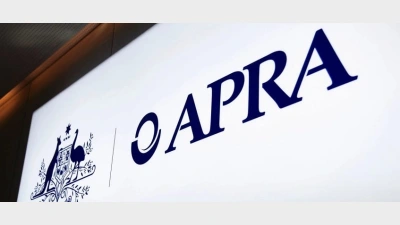Super funds can suffer from patchwork data strategies



One of the main goals for a superannuation fund when implementing a data strategy is to make sure there will be one "source of truth" across the fund's entire operations.
Speaking at an International Business Review webinar, James Milne, AlphaCert head of product, said he often encountered organisations with no fundamental agreement on the source of truth for data, which created mismatched datasets across the business.
“It might be that one team recognises a particular source and a particular couple of data points within that is the source of truth and they’re basing their market values or their numbers of those,” Milne said.
After getting everyone on the same page, Milne said the next step toward fixing data solutions for super funds was to sort where organisational data came from, how it was defined and catalogued and find out who was responsible for the data.
Then it was important for there to be a strong commitment from the top of the organisation to get the right data maintenance teams, staff training and governance frameworks.
Milne described an adequate data model as a self-servicing one that had one trusted source of underlying data.
“That really allows the scalability of those data requirements out to the business and that can be delivered via BI tools [data reporting tools], or other specialist tools as well,” Milne said.
Recommended for you
The fund has strengthened its leadership team with three appointments to drive its next phase of growth and innovation.
ASIC and APRA have warned many trustees have failed to meaningfully improve retirement strategies despite the retirement income covenant being in place for three years.
Super assets and contributions increased in September to $4.5 trillion, though at a slower pace than the previous quarter.
The fund has delivered double-digit annualised returns across key options over its first three years since launching in 2022.









